Rocky River Regional Wastewater Treatment Plant
Concord, North Carolina
Rocky River Regional Wastewater Treatment Plant Capacity Expansion
The Rocky River Regional Wastewater Treatment Plant (RRRWWTP) is a 30 million gallon per day (MGD) biological wastewater treatment facility that is owned and operated by the Water and Sewer Authority of Cabarrus County (WSACC). The RRRWWTP was originally built in the late 1970s as a 24 MGD plant, with a re-rating effort bringing permitted capacity up to 26.5 MGD in the early 2000s. Further expansion (to the current permitted capacity of 30 MGD) was completed in October 2024.
The facility serves a thriving area north and east of Charlotte, including the cities of Concord and Kannapolis, the towns of Harrisburg and Mt. Pleasant, and Cabarrus County. The staff performs all functions related to the facility including operations and maintenance, laboratory analysis, and industrial and groundwater monitoring. The recently upgraded plant uses a combination of pure oxygen and pressurized air from high-speed turbo blowers in the activated sludge biological process. The activated sludge process is a biological system designed to remove contaminants from incoming wastewater. The plant also includes a disinfection system that uses sodium hypochlorite for disinfection. Gravity thickeners, high solids centrifuges for dewatering, high pressure pumps (originally developed for pumping concrete) for conveying dewatered sludge, and a multi-hearth furnace are used for solids processing. The gas from the multi-hearth furnace is treated using a quencher, electrostatic precipitator, and sulfur dioxide scrubber.
Construction for RRRWWTP expansion to 34 MGD is well under way, with completion of the upgrades to 34 MGD expected in 2027. The 34 MGD plant will largely make use of capacity added to existing treatment basins, and will rely exclusively on efficient, high-speed turbo blowers for the activated sludge process.
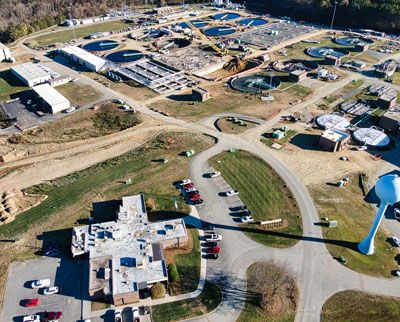
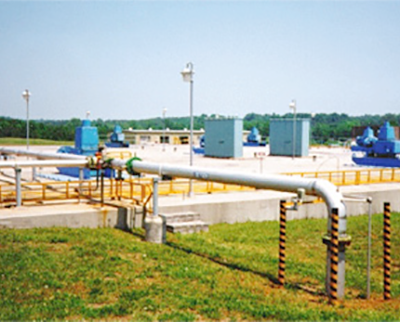
Muddy Creek Wastewater Treatment Plant
Cabarrus County, North Carolina
The Muddy Creek Wastewater Treatment Plant (MCWWTP) is permitted for 300,000 gallons per day. The MCWWTP serves the Midland area of Cabarrus County, and is a package treatment plant which uses the following processes:
- Influent Pumping, Screening and Flow Equalization
- Aeration Basins and Aerated Sludge Holding Tanks
- Secondary Clarifiers
- Filters and Ultraviolet (UV) Disinfection

Coddle Creek Reservoir/Lake Howell
Cabarrus County, North Carolina
Coddle Creek Reservoir/Lake Howell is a 1,300-acre reservoir impoundment that provides a raw water supply for the Coddle Creek Water Treatment Plant and the Kannapolis Water Treatment Plant. The impoundment dam is approximately 2,400 feet in length and consists of zoned earth fill. The principal spillway consists of three 75 feet wide by 5 feet high crest gates that allow the water elevation to be controlled between 645 feet and 650 feet. An auxiliary spillway and emergency spillway are also part of the dam. The drainage basin for Coddle Creek Reservoir/Lake Howell is approximately 47 square miles in parts of Cabarrus, Rowan and Iredell Counties. The total water impounded is between approximately 5 and 6 billion gallons, depending on the lake level between the water elevations of 645 feet and 650 feet.
Coddle Creek Reservoir/Lake Howell was constructed in 1992-1993 by Cabarrus County. Operation and maintenance is performed by WSACC.
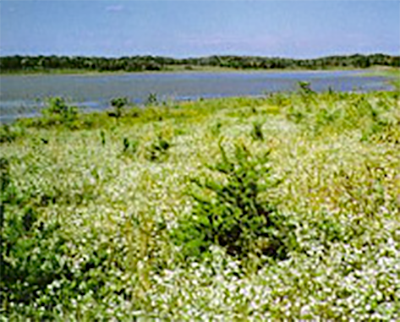
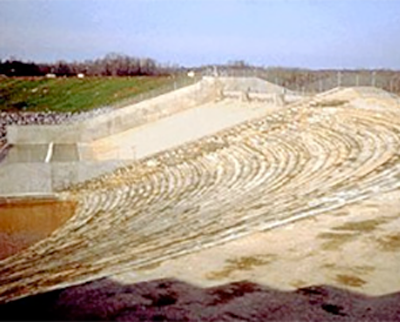
Lake Concord
Concord, North Carolina
Lake Concord was built by the City of Concord in 1929 and still provides an emergency water supply source for the City of Concord. The 100-acre lake has been owned and operated by WSACC since 2003.
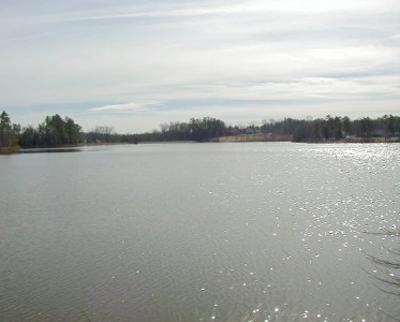
Laboratory
The Laboratory at the RRRWWTP is state certified for the analysis of water and wastewater samples. The Laboratory performs approximately 2500 analyses per month for NPDES compliance monitoring for all WSACC owned or operated facilities, industrial pretreatment permit monitoring, process control, lake monitoring, and drinking water bacteria. The laboratory is permitted for 29 wastewater and 3 drinking water parameters.
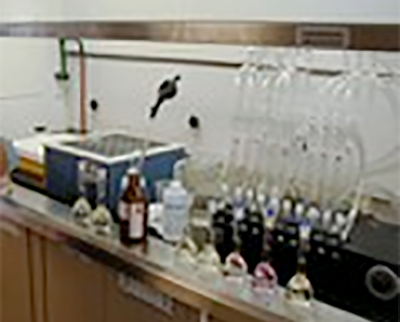
Interceptor Sewer Collection System
WSACC currently operates and maintains approximately one hundred forty-eight (148) miles of interceptor sewer, ranging in size from 8 inches in diameter to 72 inches in diameter, and five (5) remote pump stations which transport wastewater to the RRRWWTP and the MCWWTP.
Operational and maintenance activities of the department include:
- Pump Stations: Regular inspections, operational and maintenance modifications, scheduled preventive maintenance and repairs.
- Interceptor Sewers: Physical and visual inspections of the system, manhole rehabilitation, associated right-of-way maintenance, and various flow monitoring.
- New Construction: Coordination with contractors and applicable local, state, and federal agencies.
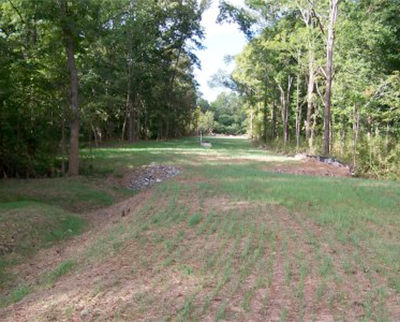
Industrial Pretreatment
WSACC is required by its NPDES permit to implement and enforce a Pretreatment Program for the Rocky River Regional Wastewater Treatment Plant and Muddy Creek Wastewater Treatment Plant. The purpose of the Pretreatment Program is to protect the treatment plants and the environment from damage that may occur when hazardous or toxic wastes are discharged into the wastewater treatment system. The program prevents problems such as upsets or interference with the operation of the wastewater treatment plants, pass-through of pollutants into the receiving waters, sludge contamination, and exposure of workers to chemical hazards. The program also ensures industries comply with the local Sewer Use Ordinance and state and federal regulations.
The Pretreatment Program issues industrial user permits, conducts wastewater monitoring, on-site inspections, and industrial surveys, as well as implements the surcharge program and septage hauler program.
Overall, the Pretreatment Program helps WSACC provide high-quality wastewater treatment services to the jurisdictions we serve.
- Industrial User Wastewater Survey – Permit Application (PDF)
- Guidance for Completing Wastewater Survey and Permit Application (PDF)
- Spill Procedures (PDF)
- Sewer Use Ordinance (PDF)
- Contract Septage Hauler Discharge Permit Application (PDF)
- Certification of Receipt for Automatic Gate Access Card Form (PDF)
- All amalgam process wastewater must be treated prior to discharge to the POTW utilizing an amalgam separator meeting specific performance standards outlined in the regulation.
- For existing sources, including those facilities that do not place or remove amalgam, a One-Time Compliance Report must be submitted to WSACC no later than October 12, 2020, or no later than 90 days after a transfer of ownership. WSACC will work with these facilities to ensure the report is submitted by the deadline established by EPA.
- Any new dentist/dental practice that opens on or after July 14, 2017 is considered a “new source” and must comply with the Rule (amalgam separator, BMPs, record keeping) prior to discharging dental wastewater to a POTW.
- “New Sources” must comply immediately with all of the requirements upon opening the practice and do not get the 3-year compliance period allowed for an “existing source.”
- The New Source One-Time Compliance Report is due no later than 90 days following the introduction of wastewater into a POTW.
of Cabarrus County
232 Davidson Highway
Concord, North Carolina 28027
704-786-1783 | Email Us
Where to Pay Your Utility Bill
Engineering Links
© Water and Sewer Authority of Cabarrus County.
All rights reserved. Site developed by Perry Productions.
